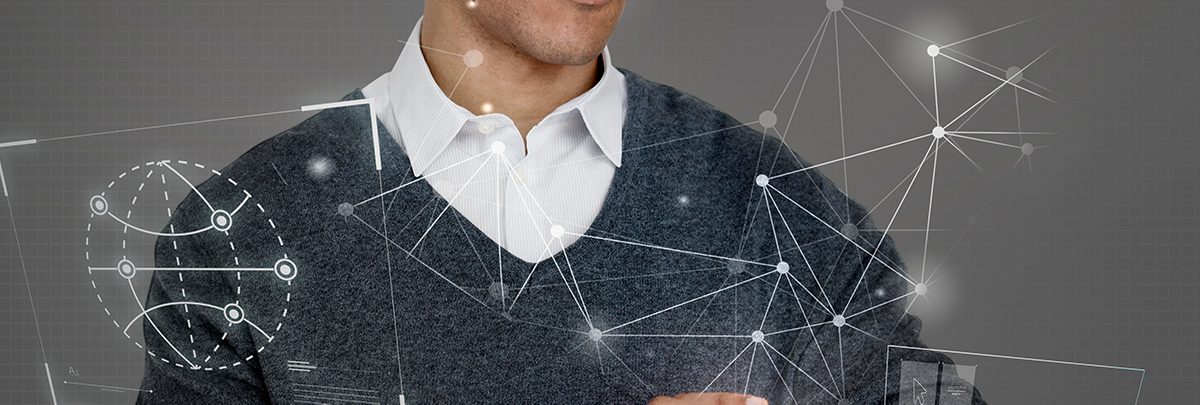In the complex landscape of modern business, risk management is more critical than ever. Traditional risk management processes often involve manual data analysis, which can be time-consuming and prone to human error. With the advent of artificial intelligence (AI), there’s a transformative shift in how businesses approach risk. AI provides tools for predictive analytics, real-time data processing, and decision-making support that can significantly enhance risk management strategies.
The Rise of AI in Risk Management: Artificial Intelligence, with its subfields such as machine learning and natural language processing, offers unparalleled capabilities in identifying, assessing, and mitigating risks. AI algorithms can sift through vast amounts of data to find patterns and anomalies that would be impossible for humans to detect. By doing so, AI systems can forecast potential risks with a high degree of accuracy, allowing for proactive risk management.
Predictive Analytics: One of the most significant advantages of AI in risk management is predictive analytics. AI systems can predict future trends based on historical data. In finance, for example, machine learning models are used to forecast market fluctuations and credit risks, allowing for better investment decisions and risk mitigation strategies.
Automation and Real-Time Analysis: AI can automate routine data analysis tasks, which not only speeds up the process but also reduces the chances of human error. Moreover, AI systems can process and analyze data in real-time, providing instant insights that are crucial for managing fast-evolving risks.
Customized Risk Models: AI algorithms can be trained on specific datasets to create customized risk models that are tailored to the unique needs of an organization. These models can factor in a wide range of variables, including economic indicators, social media sentiment, and geopolitical events to assess risk levels accurately.
Case Study Examples
Financial Sector: JPMorgan Chase & Co.
JPMorgan Chase, one of the world’s largest banks, has been a pioneer in using AI for risk management. The bank developed a program called COiN (Contract Intelligence) which uses machine learning to review and interpret commercial loan agreements. This task, which traditionally took lawyers and loan officers thousands of hours, can now be completed in seconds with greater accuracy. The system helps JPMorgan assess risk factors in loan agreements more efficiently and reduces the risk of financial loss due to contractual oversights.
Healthcare: Predicting Patient Risks
AI is also revolutionizing risk management in healthcare. A case in point is the use of predictive analytics to assess patient risks. Algorithms can analyze electronic health records (EHRs) to predict which patients are at risk of developing certain conditions or deteriorating health. For example, a study published in “Nature” detailed how AI was used to predict acute kidney injury in patients up to 48 hours before it occurred, vastly improving the potential for preventive care.
Cybersecurity: Darktrace
In the realm of cybersecurity, Darktrace, a leader in autonomous response technology, uses AI to detect and respond to cyber threats in real-time. Its Enterprise Immune System learns the normal ‘pattern of life’ for every user and device within an organization’s network and can detect anomalies as they emerge, which are often indicative of a cyber threat. This AI-driven approach allows for immediate containment of risks, minimizing potential damage.
Supply Chain: IBM and Maersk
IBM and Maersk have jointly developed a blockchain-based shipping solution called TradeLens, which uses AI to manage and reduce risks in the supply chain. TradeLens provides real-time access to shipping data and documents to all parties involved in the supply chain. AI is used to analyze this data to predict and mitigate potential disruptions, such as delays due to weather or customs holdups.
Challenges and Considerations
While AI offers substantial benefits in risk management, it is not without challenges. The accuracy of AI predictions is only as good as the data the system is trained on. Biased or incomplete data can lead to inaccurate risk assessments. Moreover, there is the “black box” problem, where the decision-making process of AI systems is not transparent, making it difficult to understand how the AI arrived at a particular conclusion.
Another consideration is the regulatory environment. As AI systems become more integrated into risk management processes, regulators are grappling with how to govern their use. There must be a balance between leveraging the benefits of AI and ensuring the protection of consumers and the stability of the financial system.
AI is rapidly changing the game in risk management, offering the ability to not only respond to risks as they occur but to anticipate them before they happen. The case studies from JPMorgan Chase, healthcare predictive analytics, Darktrace, and the collaboration between IBM and Maersk demonstrate the potential for AI to revolutionize how organizations manage and mitigate risks. However, it’s vital that as these technologies advance, businesses maintain a keen awareness of the challenges and responsibilities that come with integrating AI into critical decision-making processes. The future of risk management lies in the synergy between human expertise and AI’s analytical prowess, striking a balance that maximizes efficiency while preserving trust and transparency.
The Institute of Risk Management is the premier global body for ERM qualifications, offering a 5-level certification pathway to professionals in over 143 countries, including India, enhancing organizational outcomes through top-tier risk education and thought leaderships. Click here to view the IRM’s Level 1 Global Examination.














